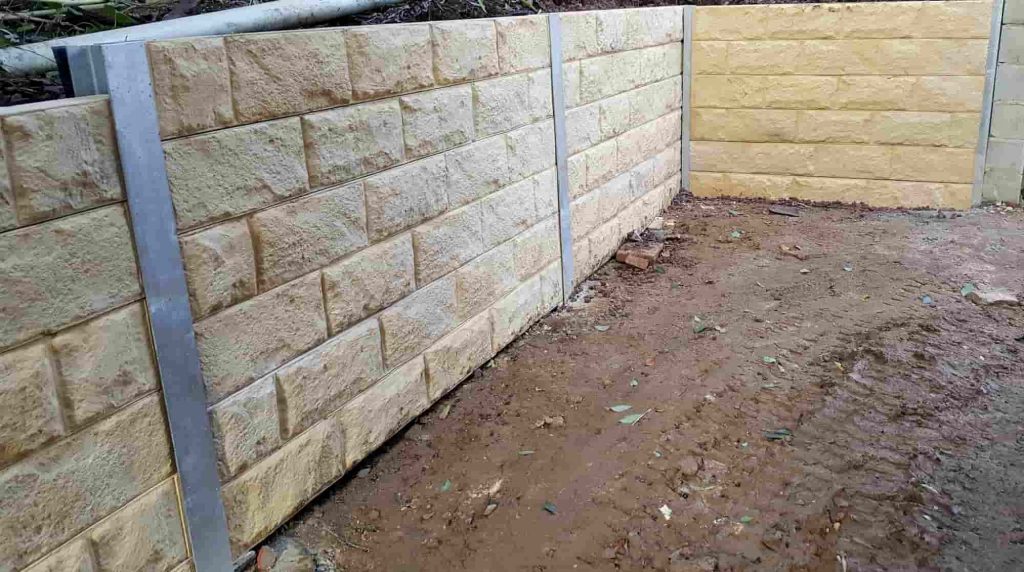Introduction
Retaining walls function as vital structures in landscape architecture and civil engineering, primarily developed to resist lateral soil pressure. When the ground is sloped, keeping walls not only offer stability however also create usable space for gardens, patio areas, and other outside features. In Melbourne, the choice of retaining wall materials can significantly affect aesthetic appeals, functionality, and expense. This article will assist you through the various kinds of maintaining walls available and how to pick the right one with the aid of expert specialists in Melbourne.
Choosing Between Different Types of Maintaining Walls with Expert Specialists in Melbourne
When it comes to picking between different kinds of retaining walls, it's important to understand that each type offers unique advantages and drawbacks. Engaging a retaining wall contractor or retaining wall builder can make this decision much easier by offering insights tailored to your particular needs.
1. Comprehending Keeping Walls
1.1 What is a Maintaining Wall?
A retaining wall is a structure created to hold back soil and prevent disintegration or collapse on a slope. It can be made from numerous materials consisting of lumber, concrete, brick, or stone.
1.2 Value of Retaining Walls
Retaining walls are vital for:
- Erosion Control: They avoid soil erosion on slopes. Land Utilization: Produce flat areas for gardens or patios. Aesthetic Appeal: Boost landscaping designs.
2. The Various Types of Keeping Walls
2.1 Timber Sleeper Retaining Wall
Timber sleeper walls are popular for their natural look and ease of installation.
Advantages:
- Cost-effective Easy to work with Aesthetic appeal
Disadvantages:
- Susceptible to rot if untreated Less long lasting than concrete or stone
2.2 Concrete Sleeper Retaining Wall
Concrete sleeper walls supply robust support and longevity.
Advantages:
- High durability Low maintenance Versatile style options
Disadvantages:
- Higher preliminary costs Requires professional installation
2.3 Brick Retaining Wall
Brick walls use ageless charm and strong structural integrity.
Advantages:
- Aesthetic versatility Long-lasting material
Disadvantages:
- Labor-intensive installation Higher costs compared to wood options
2.4 Stone Retaining Wall
Stone walls are maybe the most visually pleasing choice but included their own set of challenges.
Advantages:
- Unique natural appearance Extremely durable
Disadvantages:
- Expensive material costs Complex installation process
3. Elements Influencing Your Option of Maintaining Wall
3.1 Soil Type and Stability
Understanding your soil type is important when selecting a retaining wall type due to the fact that various soils exert various pressures.
3.2 Local Environment Conditions
Melbourne's climate can impact your retaining wall's material option-- wood might not fare well in damp conditions without correct treatment.
3.3 Visual Considerations
Choose a design that complements your home's architecture; consult your local retaining wall contractor for recommendations tailored to Melbourne's unique styles.
FAQs about Choosing Between Different Types of Maintaining Walls
FAQ 1: What ought to I think about before constructing a maintaining wall?
You should consider aspects like soil type, local climate conditions, regulatory requirements, looks, and budget plan constraints.
FAQ 2: How do I understand what kind of retaining wall I need?
Consulting with a retaining wall builder can supply tailored evaluations based on your home's particular needs.
FAQ 3: Can I construct a retaining wall myself?
While do it yourself is possible for less complicated jobs like timber sleeper walls, engaging an expert makes sure compliance with local policies and structural integrity.
FAQ 4: For how long do different types of keeping walls last?
Timber may last 10-- twenty years without treatment; concrete can last over 50 years; brick has similar durability as concrete; while stone keeps its integrity indefinitely if maintained properly.
FAQ 5: Exist permits needed for setting up a retaining wall?
Yes, many regional councils in Melbourne need authorizations for retaining wall building and construction depending upon height and location.

FAQ 6: What does it cost to install a retaining wall in Melbourne?
Costs differ widely depending on material choice however anticipate anywhere from $200-$500 per meter set up by professionals.
Conclusion
Choosing in between different kinds of maintaining walls needs mindful factor to consider of several aspects including product residential or commercial properties, aesthetic choices, budget restrictions, and site-specific conditions. With the assistance of specialist specialists like retaining wall installer Melbourne, you can navigate through these choices better. Their experience allows them to https://martincontractorsotwj686.mystrikingly.com/ attend to any concerns you might have concerning setup procedures or materials utilized while guaranteeing that your new structure stands the test of time against Melbourne's unpredictable weather patterns.
In summary, whether you lean towards timber sleeper options for their rustic beauty or strengthen your plans with a contemporary concrete sleeper style, having a skilled group at hand will lead you towards making notified decisions while achieving lasting outcomes with all elements thought about during this planning phase!